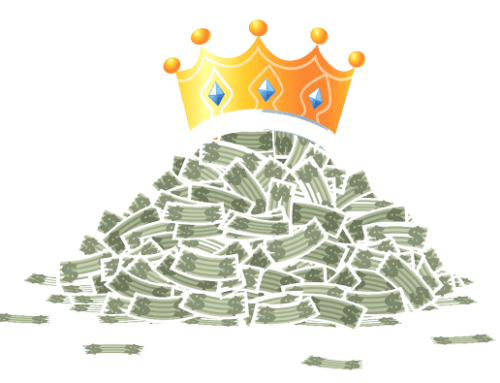People think of investing as managing money. But it’s really about managing risk.
Risk is the chance that something bad will happen. When we invest, we don’t want bad things to happen to our money. So we try to avoid excessively risky situations. The problem is, there’s no way to insure against all the risks we face with our money. There seems to be an infinite number of flavors of financial risk: credit risk, liquidity risk, inflation risk, longevity risk, shortfall risk, earnings risk, country risk, fraud risk. The list goes on and on. Risk is the price we pay to earn returns.
Every risk involves something unknown. There are risks we know: the known unknowns. We can calculate the odds. In backgammon, we never know what any single roll will to be, but the chances of rolling a seven on the next roll are always one in 6 (17%). But some risks we can’t know ahead of time, the unknown unknowns. It’s the unknown unknowns that are really scary. When I played backgammon in college, there was always the possibility that my opponent would get fed up and just walk away.

Source: Maxpixel. CC0
Economists and quantitative analysts use the market’s volatility to estimate risk. This gives them a way to measure how variable returns might be. But this tells only part of the story. The market’s volatility might be low for several years in a row, but that doesn’t mean it isn’t risky. Prior to the financial crisis, risks were piling up inside the balance sheets of several giant banks: Washington Mutual, Golden West, Lehman – banks that aren’t around anymore. When we see excesses building up in the economy, there’s probably something risky going on under the surface.
The best money managers are the best risk managers. The key is understanding both measured and unmeasured risks, and knowing when a risk is worth taking, and when it isn’t.





